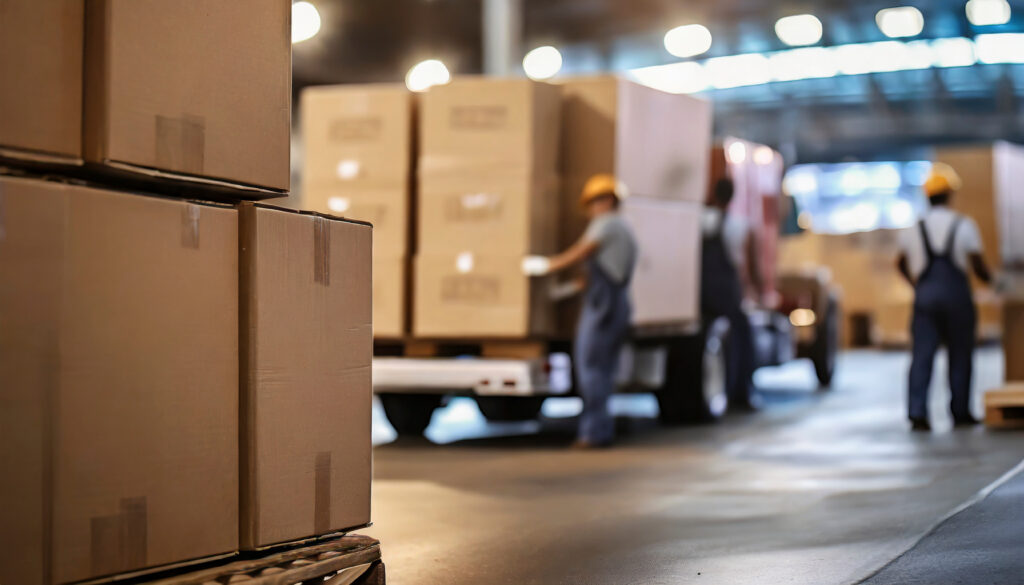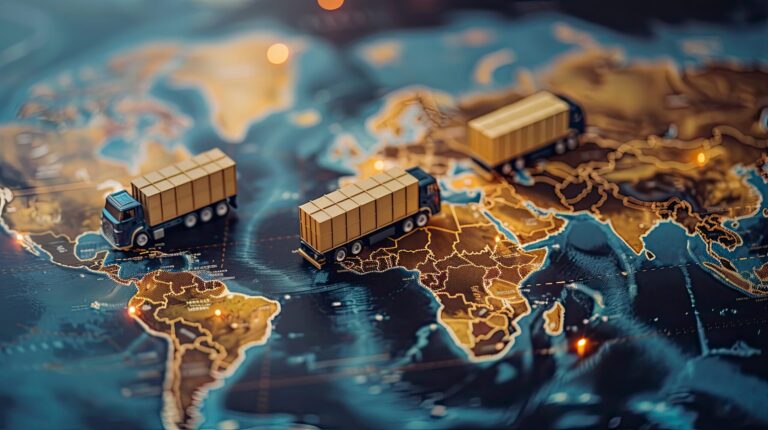Covid-19 was a bombshell to e-commerce businesses in 2020. Companies were all over the place trying to solve the abrupt, dicey and tricky restrictions that hit every part of their activities, from production and packaging to transportation and doorstep delivery. Even now, most stores still struggle to keep their supply chain up.
But Covid-19 is not the only natural disruption to affect e-commerce businesses. In 2023, Turkey was hit with a devastating earthquake that killed over 55,000 people and affected hundreds of companies, including e-commerce firms. This unforeseen event stacked up on post-Covid tension for e-commerce companies trying to regain their footing in the country.
One thing we’ve all seen from the aftermath of every natural disruption is that they come with a truckload of headaches, and this doesn’t only affect businesses but also consumers. In fact, it is fair to say, end-users bear most of the brunt, from paying higher fees for the same product to getting their delivery delayed by weeks due to a clogged supply chain.
Despite these challenges, some e-commerce giants are still scaling their reach with an uninterrupted supply chain by using these four strategies.
Partnering with multiple suppliers
Production takes the most significant hit during disasters such as earthquakes or hurricanes in strategic locations. This is because manufacturing companies find it difficult and more expensive to procure the resources necessary to maintain their production. That, in turn, affects business inventories and leads to a shortage of products in stock.
To avoid such an outcome, e-commerce giants like Alibaba and Amazon continuously partner with multiple suppliers from different regions for the same or related products. This approach mitigates the impact of natural disruptions on the supply chain and ensures customers get what they want – though the delivery can be slightly delayed in a few cases.
Partnering with multiple suppliers for the same product category also balances demand and supply. If the number of suppliers drops, there will be an immediate increase in demand tension. This implies higher purchasing costs for customers and lower returns on investment for suppliers.
Robust logistics structure
Similar to production, logistics takes a hit whenever there’s a natural disruption. Take Covid-19 – most businesses struggled with inventory management and order fulfillment due to transportation restrictions or previously uncommon situations like parcel thefts, which increased during the pandemic.
In proper anticipation of these limitations, e-commerce giants like JingDong (JD.com) integrated nearly 30 functioning drones for prompt delivery into regions with transportation limitations. As of now, this silent e-commerce giant has completed over 1,000 drone deliveries. Amazon is also at the forefront – it is carrying out drone deliveries in College Station in Texas and is set to launch similar operations in West Valley Arizona later this year.
As well as drone delivery, other e-commerce platforms like Alibaba also provide an effective freight forwarding service for suppliers without the resources to handle transportation. Amazon does the same but spices it up by offering a freight factoring service for trucking companies involved in commuting suppliers’ products.

Effective communication lines
While a robust logistic structure is essential, it is only partially efficient without good communication. Suppliers need to communicate with wholesalers, whereas wholesalers must stay in touch with retailers and final consumers. There’s also the need for trucking companies to communicate with their respective fulfillment centers. Natural disasters, weather problems and pandemics can interrupt this communication line and halt the supply chain.
Noting these consequences, eBay provides advanced communication tools on its platform. Suppliers and B2C companies can quickly negotiate terms through these tools or even go on a call. Alibaba takes it a step further by providing access to the contact information of its suppliers in a bid to enhance off-platform communication.
Amazon gives suppliers access to a supply chain management tool that lets them know who made an order, the inventory status and custom status. All these details are necessary to facilitate a smooth transaction and seamless communication.
Sturdy industrial infrastructure
Businesses are no longer new to the potential damages brought by intense natural disruptions like earthquakes or tornados. Often, manufacturing infrastructures caught in the storm suffer the most as they are either torn down or shaken into non-existence. While technological advancement helps predict when and where the next earthquake will happen, it does little to prevent it.
As part of the risk management protocol, e-commerce giants such as Alibaba thoroughly inspect each supplier’s location and quality of infrastructure before listing. This is an effort to set standards for the tools involved in production and the safety of those working there. The sturdier the production factory, the easier it is to survive a hit if it happens.
When sturdy infrastructure is combined with a robust logistics structure, effective communication and the availability of multiple suppliers on the platform, these reputable organizations efficiently keep the wheels spinning.


